Almost the only roofing material that can be covered with a flat roof ...
|
|
The skirting board designed to lay wires has a special cable channel. AT... |
Laminate Popular floor covering that occupies a leading position in ... |
How to choose a putty for the ceiling

The final operation for aligning the surfaces is putty walls and ceilings. Home craftsmen successfully cope with the procedure aligning the walls, but things are much more complicated with the ceiling. There is a great many putty for the ceiling today: gypsum, acrylic, adhesive, basic, finished, ready, dry, expensive, cheap, domestic, imported ... Not every professional consultant in the construction hypermarket can understand this, not to mention the hosts who decided to align the ceiling. Today we will tell you which putty is better for the ceiling, and how to find the one that is needed for you, among a wide range in the market.
Content:
- Features of putty for the ceiling
- Putting properties for the ceiling
- Dry and pasty putty
- The use of putty in different conditions
- Basic and finish layer
- Choosing the color of putty
- The cost and manufacturers of putty
Features of putty for the ceiling
The putty is a thick plastic mass that is used for work related to putty walls, facades of buildings and ceilings. The putty from the construction solution is distinguished by dispersion - smaller particles, the diameter of which is less than 200 microns. In the composition of mixtures for putty, there are astringent fillers (cement, gypsum, lime and sand), with which the material hardens after a little time, and special additives.
In addition, in mixtures for putting the ceiling, there may be additional components that improve the properties of the mass, such as:
- Hardening regulators and setting mass;
- Plasticizers;
- Hydrophobizators in a putty designed for decoration of rooms with high humidity;
- Coloring pigments;
- Polylululose polyester - provide rapid drying, high resistance to water and coating strength.
Putting the ceiling is carried out with the aim of aligning the plane and only on hard, clean and durable bases. With putty, you can treat plaster, stone, brickwork, concrete, gypsum concrete, light construction and insulating plates, drywall. The surfaces that have been in a humid state, metal, plastic and glass are considered unsuitable for putty work for putting the ceiling.
Typically, ceilings put down with only three targets. The first of them is putty for painting. This is the most time -consuming and difficult option, because there is a need to get high -quality coating, since after applying the paint all defects will immediately be detected by the naked eye.
The second option is a putty for wallpaper. In this situation, it is not necessary to create a high -quality coating, but only you need to remove large defects and equal visually irregularities. Of course, even such a process is sometimes quite tiring. The third option is putty for applying decorative plaster on the ceiling. There is no need to create an ideal, so -called glass coating in this case.
Putting properties for the ceiling
The correct purchase of a putty will help to achieve a high level of finish, as under painting the ceiling with an acrylic paint. Errors in choosing this substance or misuse of putty can spoil all the work, so always treat this procedure with increased attention.
Before choosing a putty for the ceiling, you should pay attention to the properties of putty. The smaller the filler fraction have size, the more thin you can make a putty layer. The composition with large ingredients (up to 0.6 millimeters) is intended for applying the basic leveling layer. Mixtures with fractions size up to 0.3 millimeters are used already for finishing the ceiling.
Smaller inclusions (up to 0.2 millimeters in size) have polymer putty, which form the thinnest and most smooth leveling layers. The higher the grips of the gypsum, the less its particles will be, and the finishing coating is thinner. To determine the minimum allowable thickness of the finishing layer for a certain material, find the numerical fraction on the packaging of the finished composition and multiply it by 3.
Modifiers make putty comfortable, plastic and supple in work. It is important that when applying a substance to the ceiling, it is easily smoothed, not flowing and not formed visible seams. Therefore, it is recommended to clarify the time during which the solution will remain efficient and will not begin to thicken.
Such performance (based on the calculation per bucket of solution) on average remains for gypsum mixtures for 30 60 minutes, cement mass for up to 2 hours, and polymer for several days in a closed container. It is also recommended to find out the time when the layer of plaster applied to the ceiling finally hardens. All such parameters affect, first of all, modifying additives.
Each manufacturer has its own technology for the preparation of modifiers. Therefore, before purchasing putty, you should carefully read the recommendations and instructions on the packaging of the product. The neglect of this rule will lead to a deplorable result. If cracks appear on the hardened layer, do not judge strictly about the poor quality of putty. It is possible that the work was carried out:
- at air temperatures more than 30 or less than 5 degrees Celsius;
- with humidity, which exceeds 80%;
- under the influence of direct rays of the sun.
Remember that the most optimal working conditions, which meet the requirements of many instructions, air humidity 60%, the temperature is close to 20 degrees. Try to create such conditions in the room shortly before the start of putting on the ceiling. Other conditions require adjusting the technology for putting putty in a certain direction.
Also pay attention to the presence of such an ingredient in the putty as sand. Substances with sand are best used for facade work, because due to the component used, their color is gray dirty. But for the ceiling it is better to choose a putty without sand. It is quite difficult to work with such a composition, but the final result will impress you the ceiling will turn out to be smooth and even.
Dry and pasty putty
Manufacturers produce putty in the form of a dry mixture or pasta, already ready for use. Powder material can be easily transported and stored even in cold warehouses. To prepare the solution, a dry product is poured in strictly defined proportions in a container of water, the mass is stirred until a homogeneous mass is obtained. To obtain a homogeneous mixture in large volumes and, moreover, without lumps, a drill mixer with a nozzle speed is used no more than 800 revolutions per minute.
In the putty layer from such a batch, the so -called shells - voids are formed. Therefore, after the stirring procedure, the mass must be left for 5 15 minutes at rest. During this time, the ligament will have time to dissolve, the modifiers will work, and the air bubbles will come out. Then the whole mass is again stirred for 5 minutes.
Ready for use of putty are intended for those owners who want to get a thinner layer when decorating the ceiling, and there will be less dust in this case. To get such a putty, manufacturers use a particularly small filler with fractions size 0.002 - 0.1 millimeters. The knead is made using special equipment, such a solution is almost impossible to make a simple mixer, because dry substances will remain in the mixture after the manual method.
Ready -made putty are made on water acrylic or vinyl mixture, as well as on an organic solvent. Unlike a dry mixture, the finished one cannot be transported and stored at a negative temperature. The exception is only ready -made putty, which contains special additives.
The use of putty in different conditions
If you are interested in which putty to putty the ceiling, you need to decide under which you will use the substance: inside the house or on the facade of the building, in a dry, wet or cold room. Each package has a technical description where detailed instructions are given when this material can be applied. But, despite this, the most common mistake of many finishes lies in the use of an inappropriate type of product for certain conditions and place.
A typical example of the wall in cold or wet rooms many is finished with polymer putty. And moisture is contraindicated in such material. As a result, the applied layer swells, losing its strength with all the consequences that follow from here. In this situation, the paint applied from above will not help, since most coloring compositions are hygroscopic, that is, they do not create obstacles to moisture. Therefore, this is only a delay in time for negative changes.
Now consider how to choose a putty, depending on the conditions in the room where it is planned to finish the ceiling. For moist and cold conditions, it is customary to use moisture -resistant cement putty. It can withstand multiple thawing and frosts well, does not swell from raw air and moisture. And if you carry out the correct preparation of the base, then it is suitable for dry rooms.
For normal conditions, the compositions are intended on organic, gypsum or polymer ligaments. Gypsum puttys are distinguished by useful natural properties, they are able to breathe, absorbing, giving excess moisture and smoothing the humidity in the room. But remember that this product cannot withstand constant moist and temperature changes, and the putty layer will begin to crack.
Another typical mistake of the repairmen is the application of cement putty on cement-cement or gypsum plaster. Therefore, it is worth remembering one important construction axiom: in its strength, the base should always exceed the strength of the material applied to it.
Basic and finish layer
Putting is expensive material. Apply them with one thick layer or several layers will be ineffectively spent expensive material, and the presence of a certain time requires the process of drying. Therefore, for the preliminary smoothing of the irregularities present on the ceiling, you can use cheaper plaster. And already on it to apply the base (1 3 millimeters) and the finish (about 0.5 millimeters) putty layers.
The compatibility of the above materials as a primer and putty will be the best when you use the products of one manufacturer. You can also apply only one layer of the finish putty, subject to the creation of high -quality flat plaster.
If the base base is cement is even, then you can do without plaster at all. To do this, grind the surface, and then apply the base layer of putty on it. After drying, the surface is ground, dust particles are removed from the ceiling and covered with finish putty.
Also, in some cases, only the base layer can be dispensed with. This is relevant if, after finishing the ceiling, you plan to stick embossed wallpaper, which have greater density. Under light and very thin wallpapers or for the future color of the ceiling, it is customary to use fine finished finish.
Choosing the color of putty
The color of the putty when finishing the ceiling is not an important criterion if the surface is then glued with dense wallpaper or painted. High -quality paint and varnish material is good covert, and any, even the most contrasting tone of putty, is capable of painting completely.
Similarly, one can talk about ornament and dense types of wallpaper. Under them, neither the color of the putty material, nor small surface defects will not be noticeable. But if you have chosen thin and light wallpaper for the ceiling, it is better to use expensive colored putty cement type. With the help of these compositions, you can save money on decorative materials.
White putty, in which the polymer glue is present as a ligament, is allowed to apply to the ceilings through spraying. The layer obtained by this technique is usually not even painted over. A similar surface will not turn yellow for a long time.
The cost and manufacturers of putty
If you have not yet decided which putty for the ceiling to choose, pay attention to this. An important factor that affects the choice of putty material is its price. The traditional statement that the finished composition is more expensive than a dry product, and gypsum putty is cheaper than cement is not always true.
There are several price segments expensive and budget putty. When choosing, it should be borne in mind that expensive putty materials have lower consumption than a substance in a similar package, but cheaper in price. The real cost can be determined by the cost of cheap and expensive composition per 1 meter square surface, if the thickness of the putty layer is the same.
A reliable and proven manufacturer of quality products will usually have a higher price. Each company that produces a primer and putty, guarantees their good compatibility among themselves within the same line. Thus, it is not worth using cheap and expensive materials for putting the ceilings at the same time.
In the domestic building materials market, puttys of various purposes and prices of prices are presented: Russian putty glims-packshn, Volma, Ural construction mixtures, unis, prospectors; Polish materials atlas; German putty substance Kreisel and Henkel; Swedish putty beckers; Finnish product Tikkurila; American building materials United States Gypsum.
At the same time, in the line of almost all manufacturers there are putty mixtures that are designed to finish drywall sheets for the ceiling and sealing seams between such sheets. A particularly large selection is offered by the manufacturer of Tigi-KNAUF, who himself produces plasterboard sheets of Fugenfuller, Uniflot and Bordfinish. On their packaging there is a detailed instruction on how to put the ceiling from drywall.
Thus, you were already able to decide what the best putty for the ceiling. The quality of the ceiling putty, first of all, depends on the properties of the material, the price segment, the type of putty, as well as the conditions in which it will be used. Before purchasing the material, you should decide for which room it will be used. In addition, pay attention to the presence of such an ingredient in putty as sand.

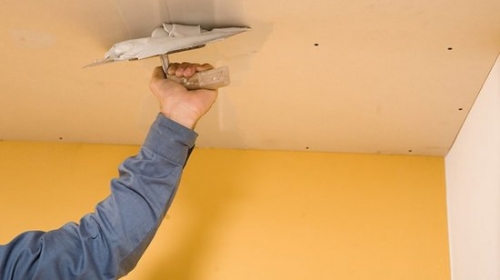
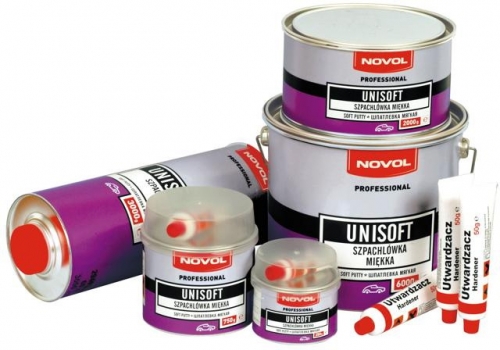
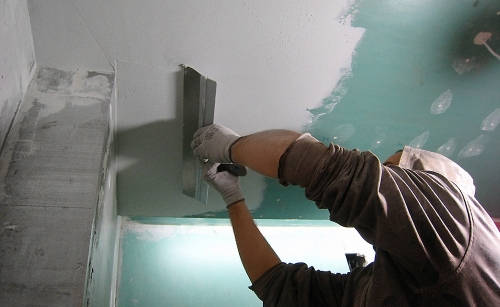
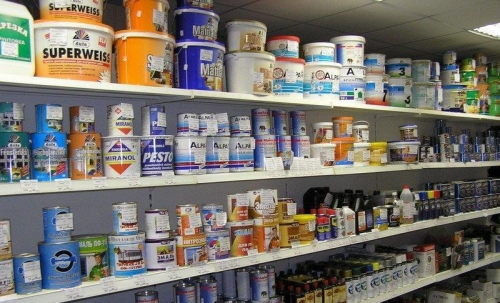
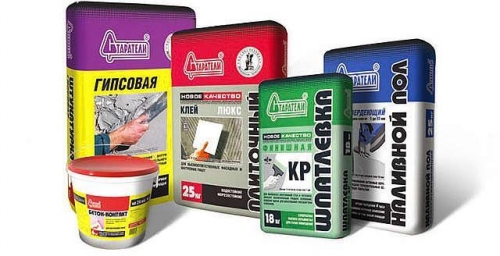
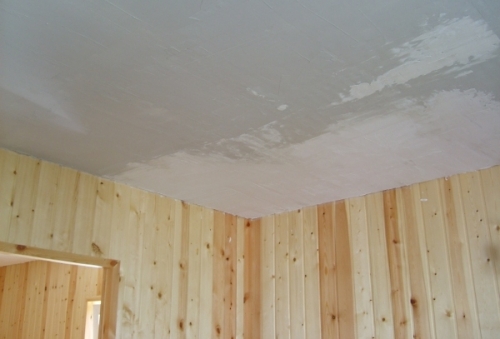
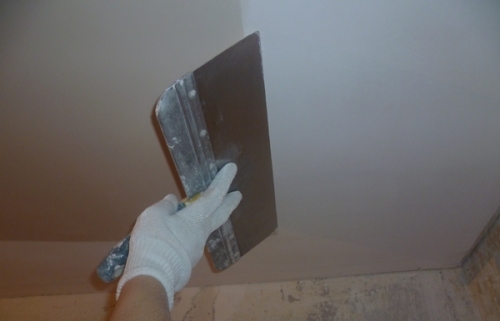
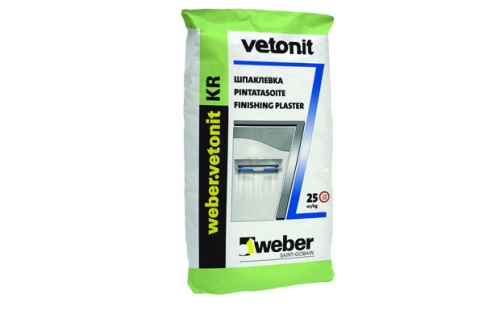
Damn, - read the given
Damn, ”I read this article and thought about the conclusion:“ (Thus, you were already able to decide what the best putty for the ceiling)?!
Summary about the article: - There is nothing to talk about, general formulations and that's it!
If you are a specialist, then be kind describe specifically according to your article:
1) - For ceilings with concrete overlap it is advisable to use - such and such putty!
2) - for ceilings with the same overlap, but with protection from fools - against flooding and further detachment of the putty layer, experience shows the use of such and such putty!
3) - For plastered ceilings, also recommendations so, and so!
4) - for gypsum -cartoon, such, etc.
Then the average arithmetic user will really be more or less clear what in this particular case you need to pay attention, and what materials based on this need to be used !!!
And so, - these are general formulations collected from everywhere, it seems to be written competently, but specifically about nothing ...!
I agree with the author
I agree with the author of the comment. The article is useless
I agree with the anonymous ...
I agree with the anonymous ...
+100 to comments
+100 to comments
normal information information
normal information information
Empty articles, many words
Empty articles, many words about nothing
I want to wash off the applied
I want to wash off the applied "snowfield" and putting it on a neat ceiling than it was. It is necessary to look at the irregularities. I did not understand the publication --- 2.3 layers-is it necessarily or one is enough (with the subsequent application again "snowballs")?
It looks like a mockery.
It looks like a mockery.
I decided to repair the garage.
I decided to repair the garage. I bought building materials in http: // Republic. RF/, cool Magaz, convenient, there is everything that is needed in a large assortment. The choice is more than wonderful. For the garage I bought bulk materials, plaster, metal nets, mounting sealants and foam, primer, paint, waterproofing and thermal insulation and tools bought it, since there was practically nothing to work. Delivered to the next day. At prices, everything is within the rational limits, there is no wrapping.